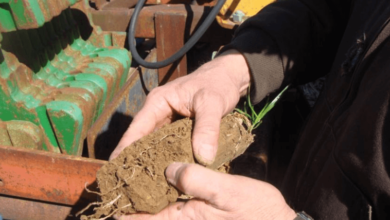Cannabis in Canada: Legalization and Regulation

Introduction:
Cannabis, also known as marijuana, has been legalized for recreational use in Canada since October 2018. The legalization and regulation of cannabis in Canada have been a significant shift in drug policy and have had a profound impact on Canadian society. This blog will explore the history of cannabis in Canada, the legalization process, and the current state of cannabis regulation in the country.
History of Cannabis in Canada
Cannabis has been used for medicinal and recreational purposes in Canada for hundreds of years. However, the use and possession of cannabis were criminalized in Canada in 1923, making it illegal to possess, cultivate, or sell cannabis. In 1969, the Canadian government passed the Narcotics Control Act, which classified cannabis as a Schedule II drug, along with other drugs such as cocaine and heroin. In 2001, the Canadian government introduced the Marihuana Medical Access Regulations (MMAR), which allowed people with certain medical conditions to use cheap weed for medical purposes.
Legalization of Cannabis in Canada
On October 17, 2018, Canada became the second country in the world to legalize cannabis for recreational use. The Cannabis Act was introduced by the Canadian government and passed by Parliament in June 2018. The act made it legal for adults over the age of 18 to possess up to 30 grams of dried cannabis or its equivalent in public, share up to 30 grams of cannabis with other adults, and grow up to four cannabis plants per household. The Cannabis Act also established a regulatory framework for the production, distribution, and sale of cannabis products.
Regulation of Cannabis in Canada
The regulation of cannabis in Canada is overseen by Health Canada, the federal department responsible for public health. Health Canada issues licenses to producers and processors of cannabis, and also sets out the regulations for the production, distribution, and sale of cannabis products. Cannabis products are sold through licensed retailers and online stores. The sale of cannabis to minors is prohibited, and there are strict regulations around the packaging and labeling of cannabis products to ensure they are not marketed to children.
Impact of Legalization and Regulation
The legalization and regulation of cannabis in Canada have had both positive and negative impacts on Canadian society. On the positive side, legalization has reduced the burden on the criminal justice system, as fewer people are being arrested and charged with cannabis-related offenses. It has also created new economic opportunities, with the cannabis industry generating significant revenue for the Canadian economy. Legalization has also made it easier for people with certain medical conditions to access cannabis for medical purposes.
On the negative side, legalization has led to concerns about the potential harms of cannabis use, particularly among young people. There are also concerns about the impact of legalization on public safety, including impaired driving and the use of cannabis in public spaces. There are also concerns about the quality and safety of cannabis products, as there have been cases of contamination and mislabeling.
Conclusion
The legalization and regulation of cannabis in Canada have been a significant shift in drug policy and have had a profound impact on Canadian society. While there are both positive and negative impacts of legalization, it is clear that the Canadian government is committed to regulating the cannabis industry and minimizing the potential harms of cannabis use. As the cannabis industry continues to evolve, it will be important for policymakers to monitor its impact on public health and safety and make adjustments to the regulatory framework as needed.





